Virtual Learning Resources
Stroud Water Research Center’s education department is here to support students and families through innovative virtual learning resources that help you discover, inquire, and learn — at your own pace, in and around your own homes, to meet your own unique needs.
On this webpage, you can explore fun, freshwater-focused resources for all ages, most of which are free! Curated by our education team, these resources transport the stream-to-the-screen and help you experience your home watershed and nearby nature in your own yard.
Subscribe to Our Education E-Newsletter
Want to receive education resources in your inbox? Our Education E-Newsletter features educational resources and a list of upcoming events.
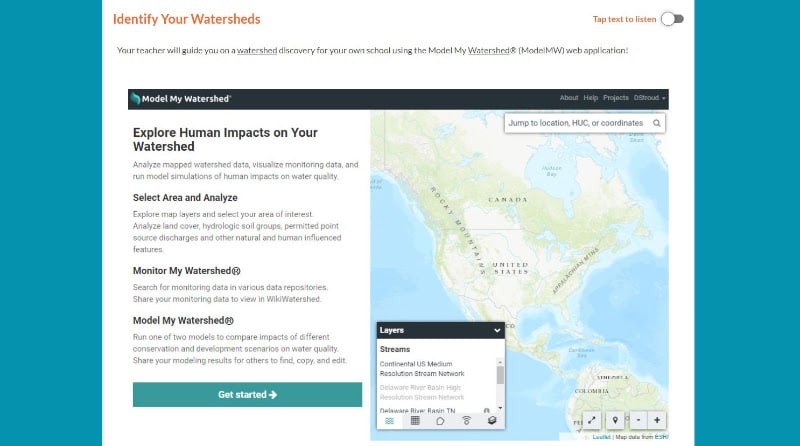
Discover Free Middle School Watershed Education Lessons
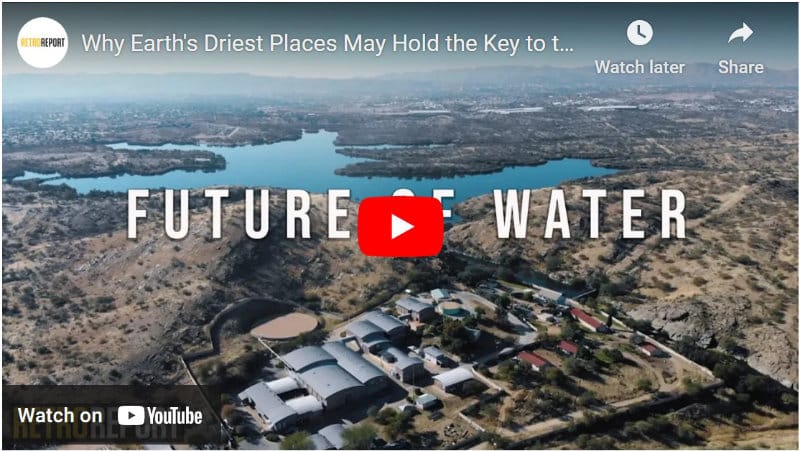
Future of Water
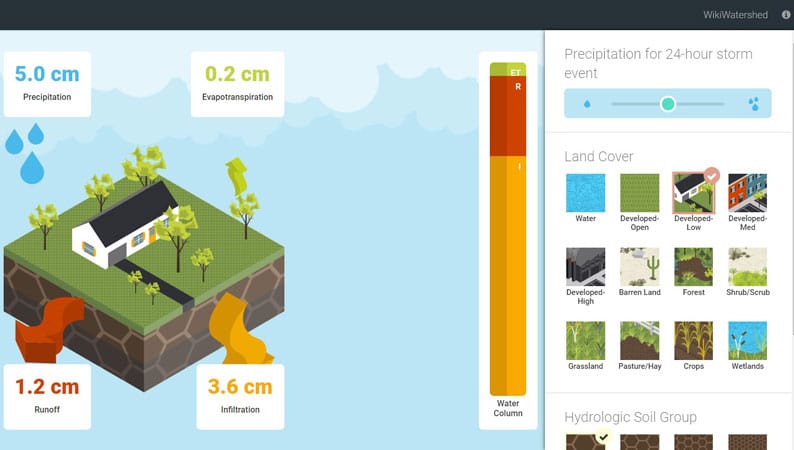
Dip Your Toes in the Water with the Runoff Simulation
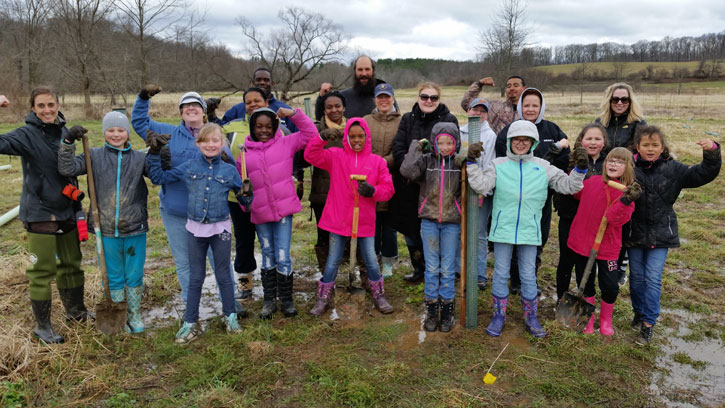
Tree-rific Virtual Learning Resources on Streamside Forests
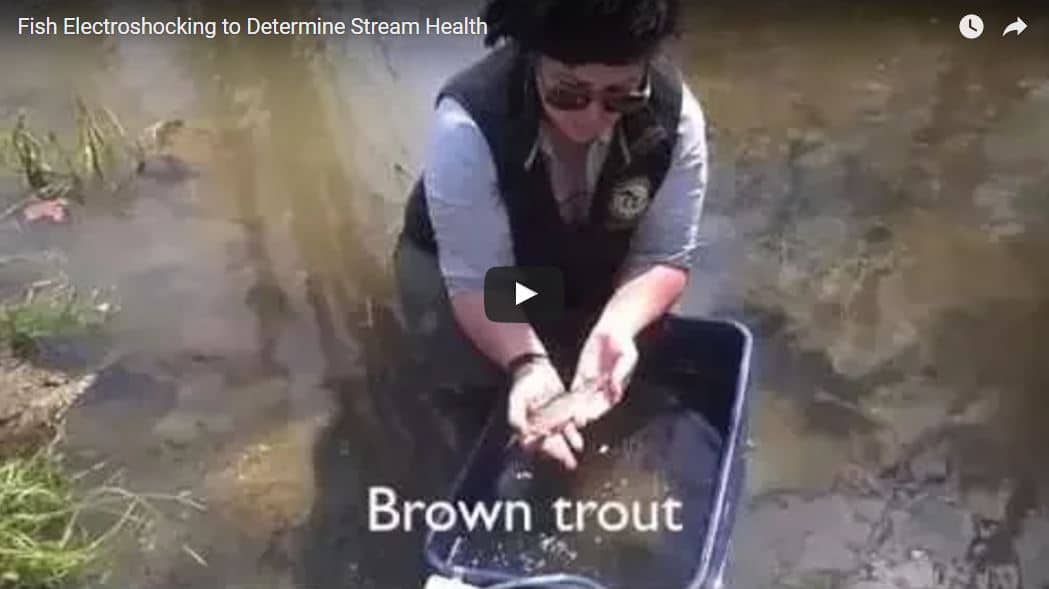
STEM Career Spotlight: Electrofishing to Determine Stream Health
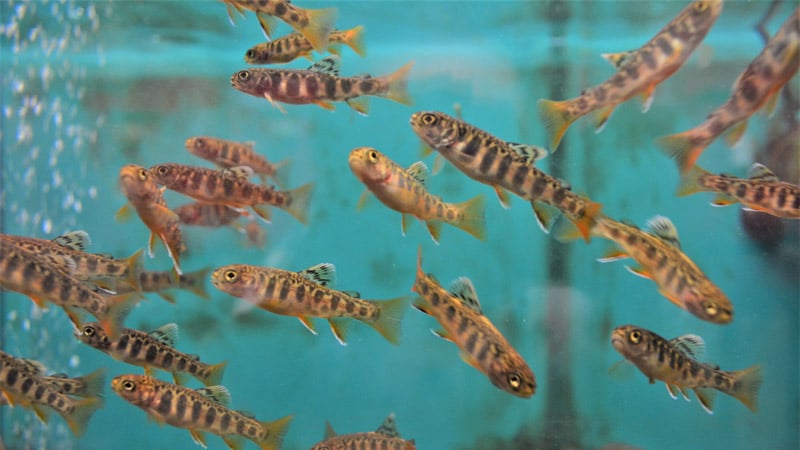
How Do Trout Grow on Trees?
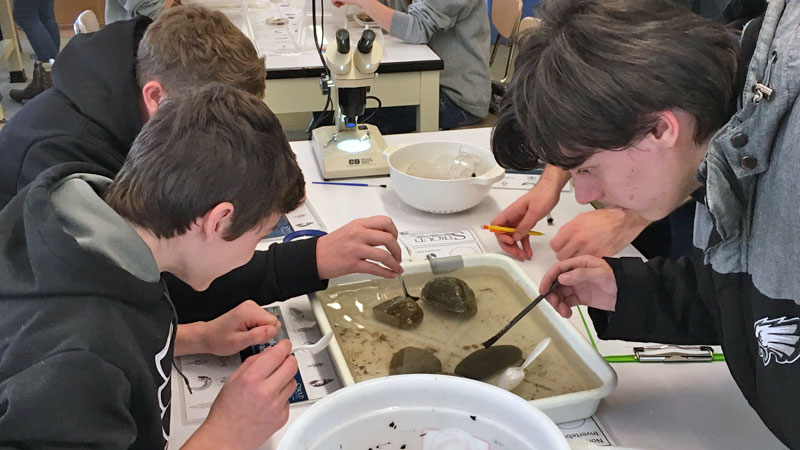
ROCK OUT with New Resources from the Rock Pack Experiment!
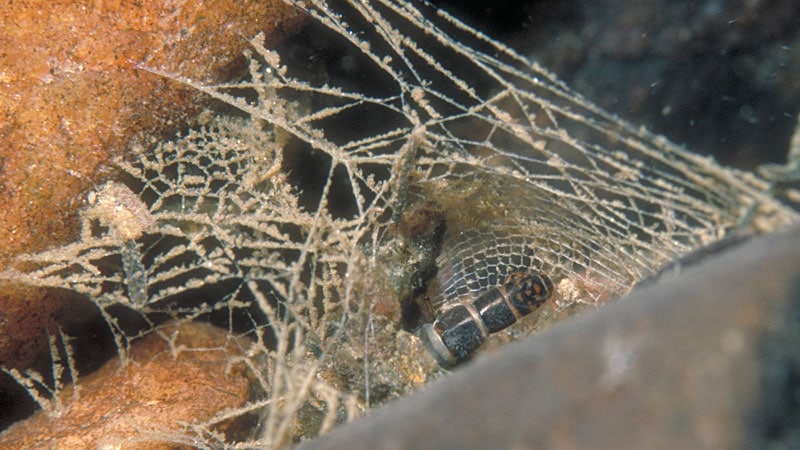
A Freshwater Rockstar: The Net-Spinning Caddisfly
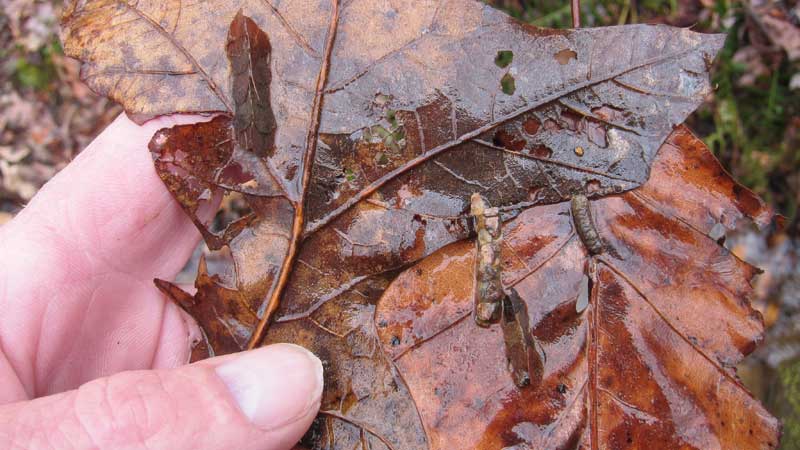
Explore Your Backyard Watershed and Others Worldwide with the Leaf Pack Network!
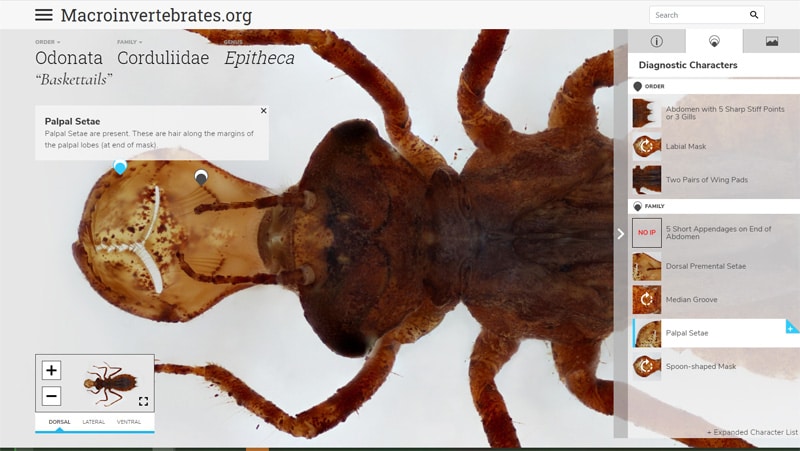
Dive into a Virtual Resource for Teaching and Learning with Aquatic Macroinvertebrates!
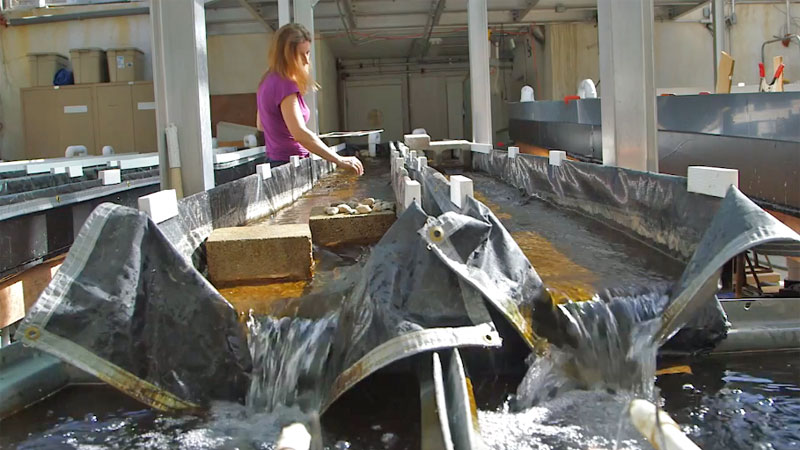
Dive into Water Science Careers!
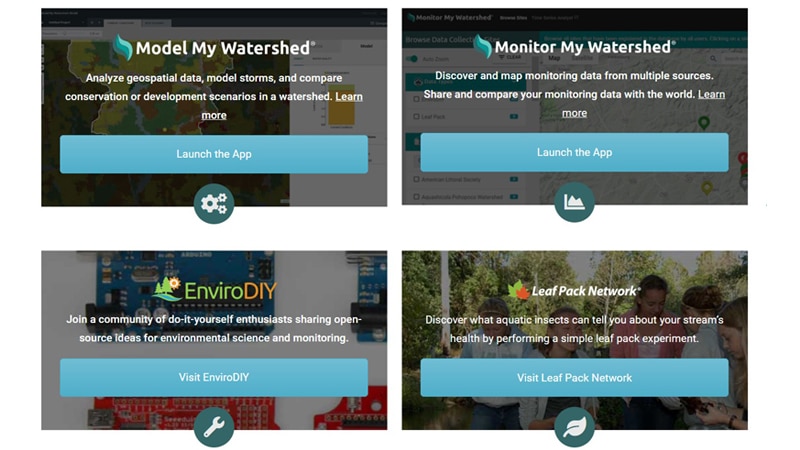
WikiWatershed Toolkit
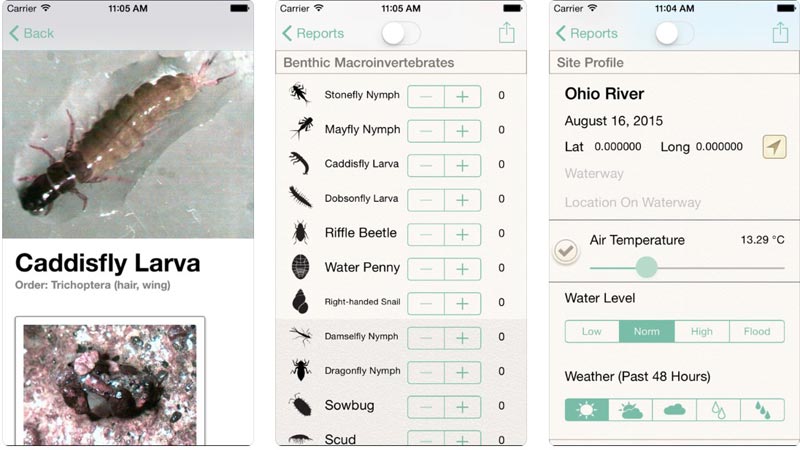
Water Quality Mobile App
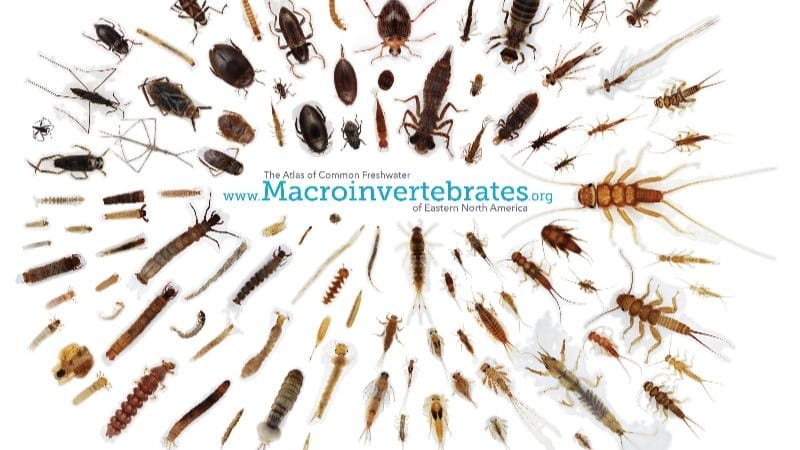
Macroinvertebrates.org
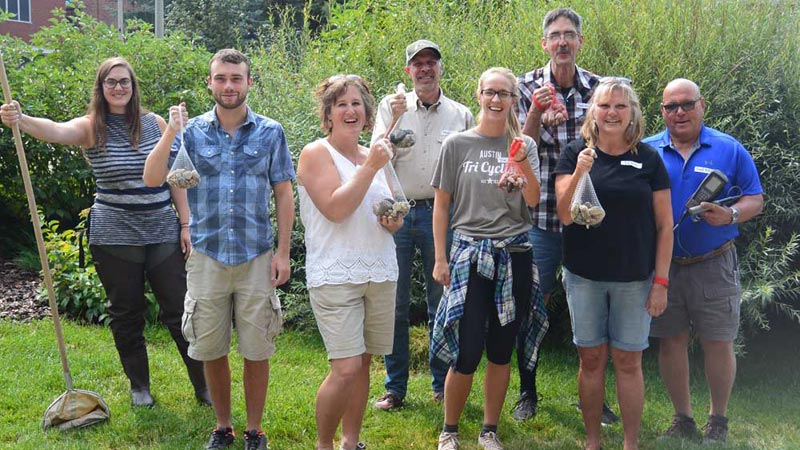
Rock Pack Experiment
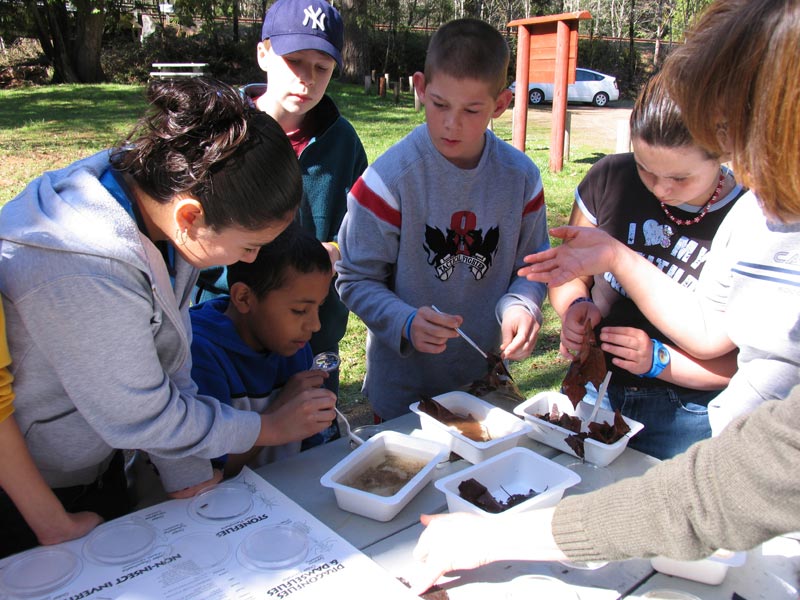
The Leaf Pack Network
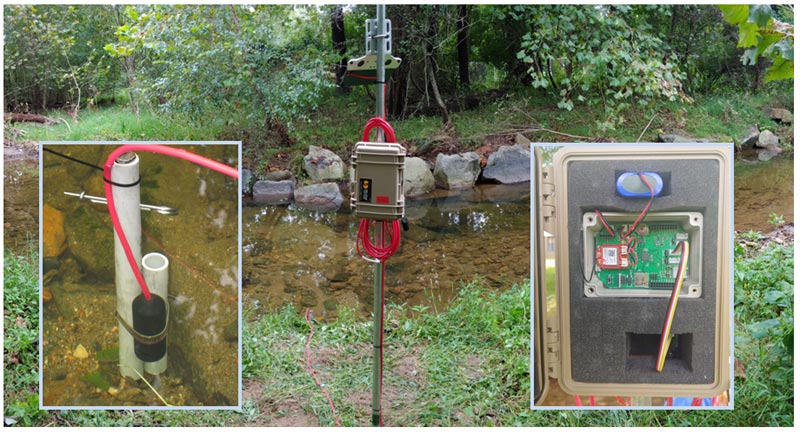
EnviroDIY.org
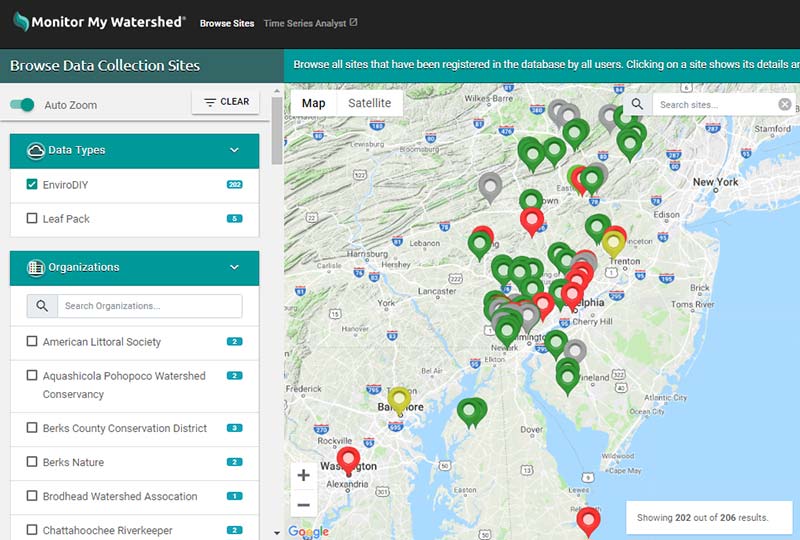
Monitor My Watershed
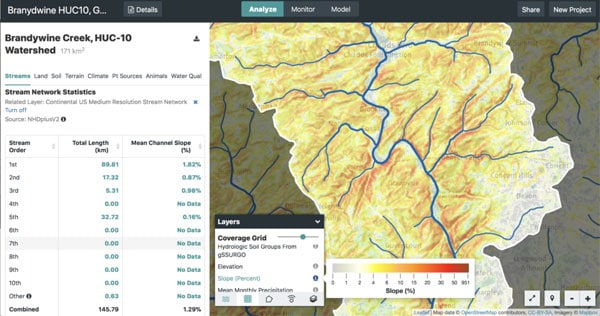
Model My Watershed
We especially thank the Connelly Foundation and other donors for making it possible for us to create and distribute these virtual learning resources.

